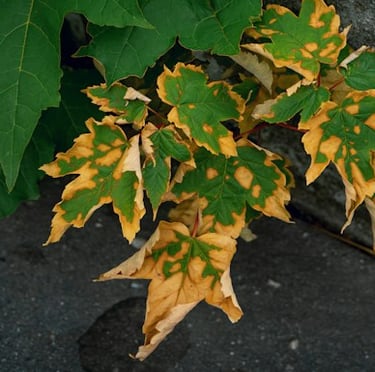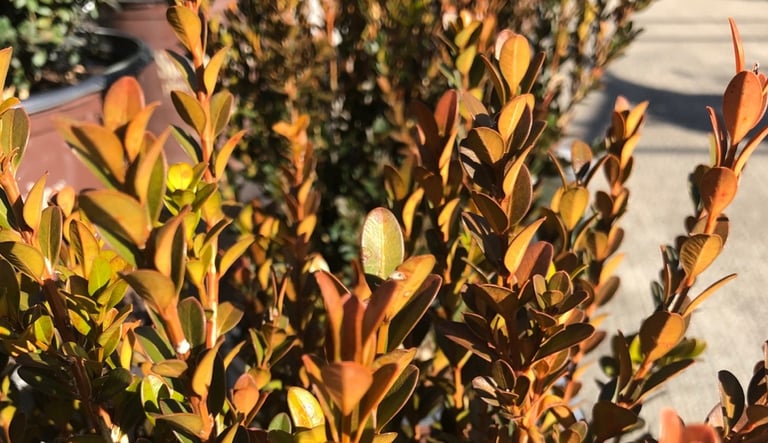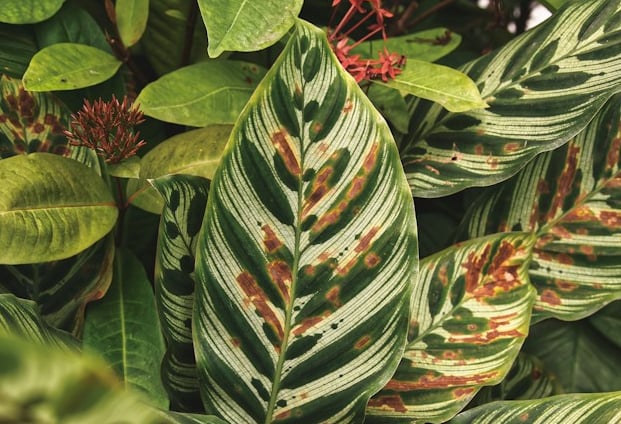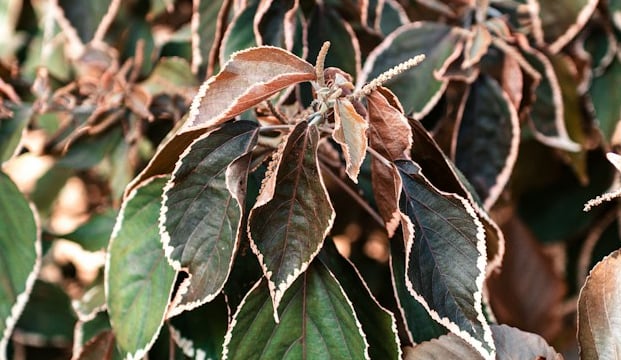How to Properly Revive Dying Shrubs for Better Growth
through multiple projects and experiments in the garden with shrubs, our experts find the best way to revive your dying shrub is to water it extensively to help with the growth process and cut out any dead stems. To be sure, check for other factors like pests and diseases, the right soil conditions, and optimal sunlight and watering.








Assess the Situation and Inspect to Bring Your Bush Back to Life
First, before you remove your garden plant, look at your shrub and find out if it's dead or still living. Are there signs of life, such as green under the bark or new buds?
Water Correctly
Over or under-watering is a common issue. Check the soil moisture, it should be moist but not soggy, and adjust your watering schedule based on your shrubs' needs.


Check for Pests and Diseases
Inspect the shrub for signs of pests or diseases. Treatments vary widely depending on the issue, so correctly identifying the problem is important. We saw that in some cases, a natural remedy or a specific pesticide or fungicide may be necessary.
Improve Soil Conditions
The condition of the soil can significantly affect a shrub's health and how long it takes for shrubs to grow. Test the soil for pH level and nutrients. Adding compost or organic matter can improve soil structure, provide nutrients, and enhance moisture retention.
You can also use fertilization or compost tea to improve nutrients and plant growth, but compost tea doesn't suppress diseases.






Can a Half Dead Shrub Be Saved?
Yes, a half-dead bush can often be saved, especially if it shows signs of life such as new growth or green beneath the bark. By improving issues such as watering, pruning away dead sections, treating diseases or pests, and ensuring good soil health, you can save your shrub from dying.
Does Sugar Water Help Dying Plants?
While sugar water might provide a quick energy boost to some plants, doesn't cure shrubs and can harm the plant by promoting bacterial growth or attracting pests.
Do Dead Bushes Regrow?
Dead bushes can't regrow if the entire plant is dead down to the roots. However, if there are living parts remaining, such as viable roots or some live branches, there's a chance for regrowth.





Mulch for Moisture and Temperature Control
Applying a layer of mulch around the base of the shrub can help retain soil moisture, regulate soil temperature, and reduce weed competition. Plants like low-growing evergreen bushes or deer-resistant shrubs are usually unlikely to die as easily as normal bushes.
Consider Sunlight and Location
Our experiments clearly show that if a shrub is planted in a spot with the right balance of sun and shade it leads to faster and healthier growth. Some shrubs may need to be relocated if their current position does not meet their needs for light.
Prune and Deadhead Dead Parts
If your shrubs are still living there probably are multiple steam and parts that are dead, this is when prunning and deadheading comes into play.
To do it cut back the dead steams and flowers of your shrub with sharp and clean pruners or scissors. It will help to redirect the energy of the plant to growing new healthy stems.






Sources
Nature and Sustainability uses only high-quality sources, including peer-reviewed studies to support the facts we describe in our articles. Please read our editorial policy to learn more about how we keep our content accurate, reliable, and trustworthy.
Identifying and caring for dead shrubs: What Should I Do with My Brown, Dead Bushes? (southernliving.com)
Reasons for shrubs dying: Why has my tree or shrub died? / RHS Gardening
What is killing shrubs: What is killing our shrubs? - UF/IFAS Extension Charlotte County (ufl.edu)
Signs of dying and injuries on shrubs: Winter tree and shrub injury: What are the signs? - MSU Extension
Pests and diseases affecting shrubs: Plant Diseases and Insect Pests - New Directions for Biosciences Research in Agriculture - NCBI Bookshelf (nih.gov)
Share this article:




Article By:
Calin has been in the garden industry for 5 years and knows a lot about gardening and plants. He owns this website and is responsible for most of the content.
Reviewed By:


Florin, a more technical guy, is responsible for designing, reviewing and updating the articles but also optimizing for SEO so that everything we publish is deam good.


